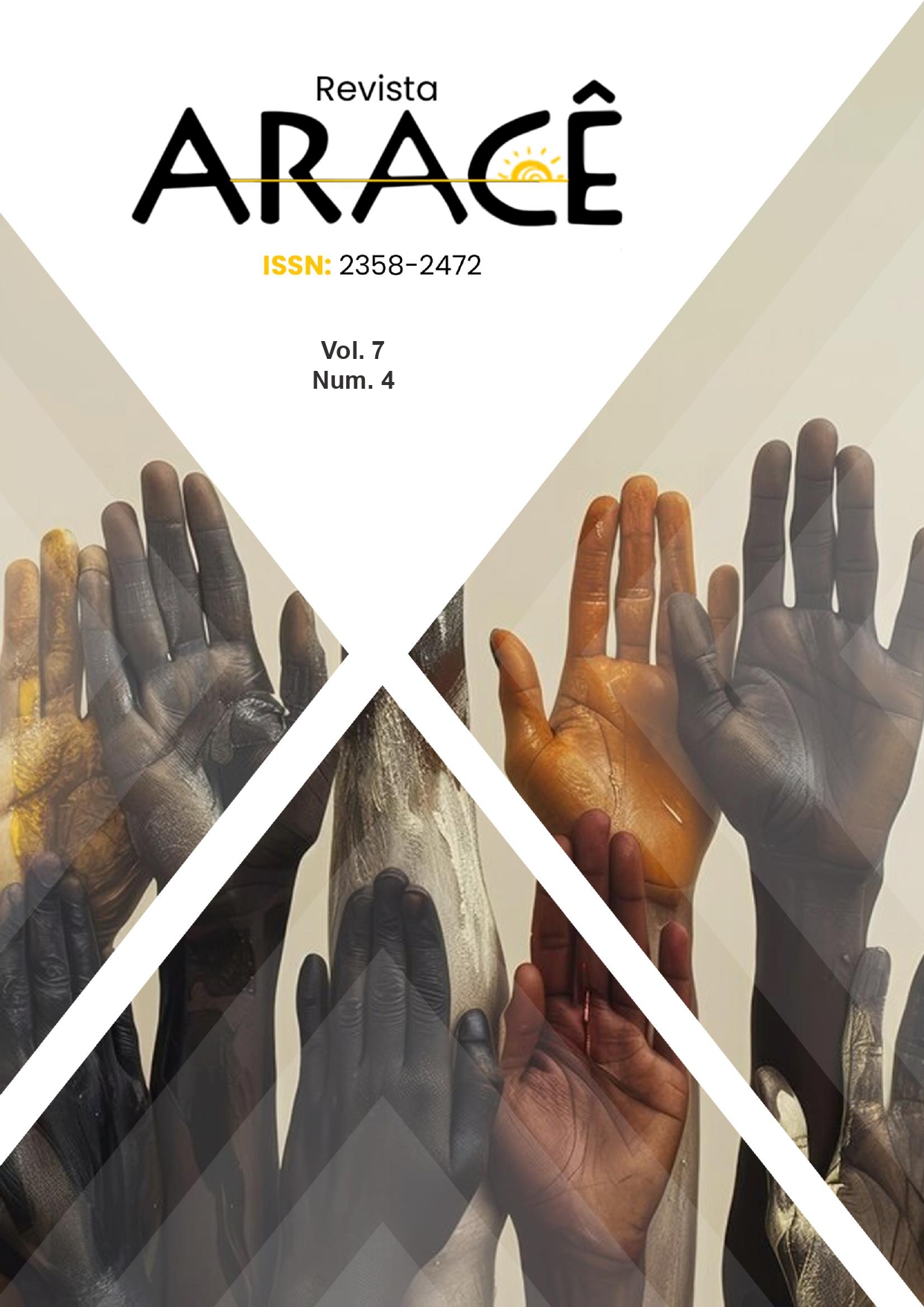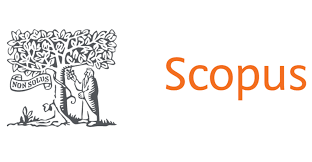WEBCIÊNCIA IQ-UFG: A SETA DO TEMPO E O ENGAJAMENTO PÚBLICO NO CONTEXTO DA TRANSPANDEMIA
DOI:
https://doi.org/10.56238/arev7n4-205Palabras clave:
Divulgação científica, Mídia social, YouTube®, Química, Tendência temporalResumen
O significado do tempo tem sido um tema recorrente em artigos de divulgação científica em diferentes mídias, muito embora não considerem a progressividade temporal, representada pela “seta do tempo”, nem a influência de múltiplas escalas temporais no poder e nos mecanismos de engajamento do público. Neste artigo, os indicadores de desempenho dos webinários do canal WebCiência IQ-UFG no YouTubeÒ foram analisados ao longo de múltiplas escalas temporais, por meio de mapas de autovetores assimétricos (AEM). Os resultados permitiram incorporar a unidirecionalidade do vetor do tempo entre os webinários, preservando a estrutura temporal da causalidade. A tendência temporal (escala grande) representou a transição dos ensinos remoto e presencial na transpandemia, enquanto a estratégia e os recursos disponibilizados pela equipe de gestão foram importantes no engajamento do público, com destaque para os temas selecionados (escala intermediária). Os AEM modelaram tanto a influência temporal multiescala quanto a variância crescente, no tempo, de visualizações, likes e comentários dos webinários, contribuindo com a avaliação dos efeitos temporais associados ao engajamento a mídias sociais.






